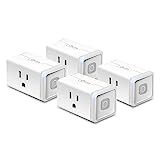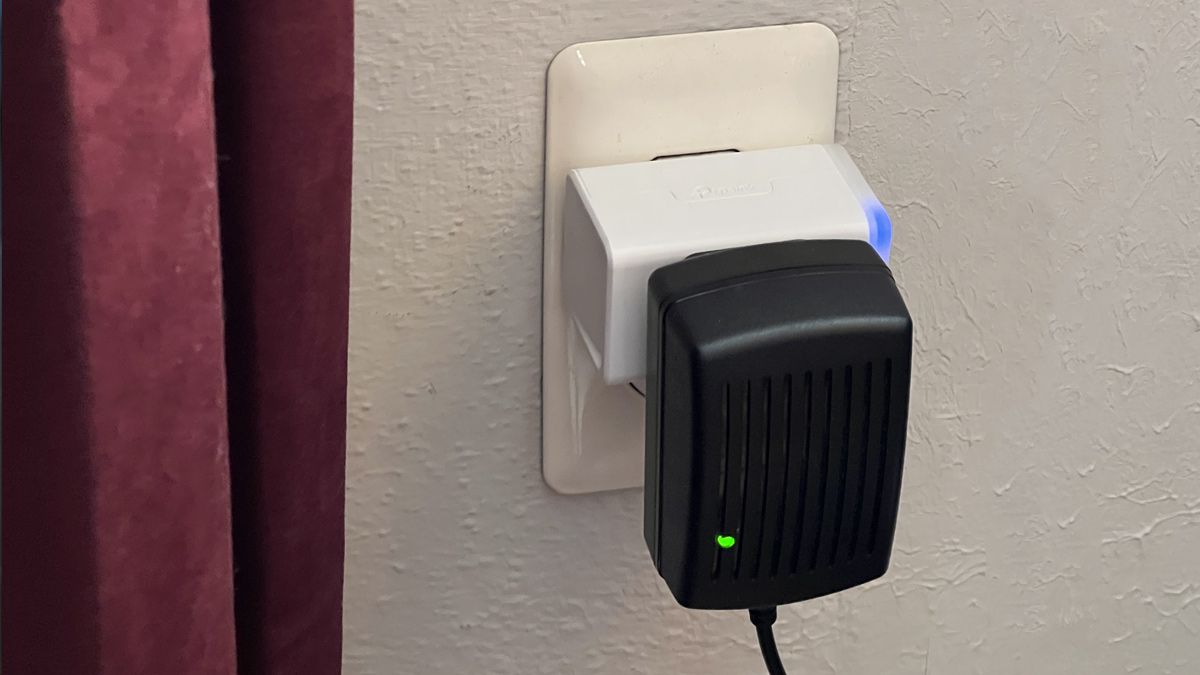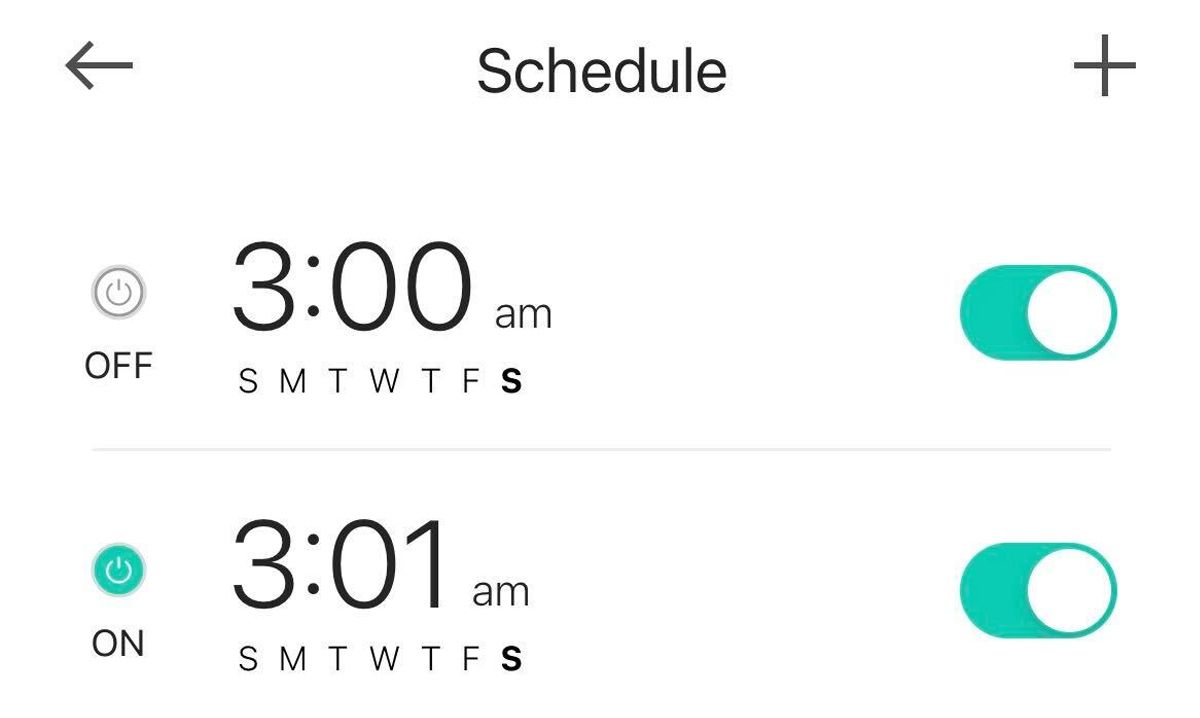Power-cycling your router and modem to fix connection issues is a hassle. But with an inexpensive smart plug, it doesn't have to be.
Why Do I Want to Restart My Router?
Any time you call your ISP to complain about a problem with your connection, they will inevitably tell you to unplug your router and modem for thirty seconds and plug them back in. As annoying as it is to get the same advice every time you call, they ask you to unplug your router because doing so fully discharges the capacitors, clears out the memory cache, and usually solves the problem.
If your router is right next to your desk, and it's easy-peasy just to lean over and wiggle the power cord out of the back, you might not find the argument we're making particularly compelling.
But if your router is located in some far-flung area of your home, perched on a high shelf, or otherwise a hassle to access, then automating the power cycle action with a smart plug is a really useful hack. Rather than fuss with the plug, you can simply tap in an app on your smartphone to cut the power to the router.
And even if your router isn't too difficult to get access, perhaps you've noticed that there is a pattern to issues with your router. If you find yourself manually rebooting the router via power cycling semi-regularly, why not automate it? With a smart plug, it's absolutely trivial to set up a schedule to do it for your automatically.
What You Need to Automate Rebooting Your Router
You only need one thing to automate power cycling your router and modem: a high-quality smart plug. We emphasize the high-quality part here not because the electrical demands of home network gear are high but because cheap smart plugs often lack a crucial component: an internal memory cache to retain schedules and timer settings. After all, you don't want a smart plug that turns the router off (and turns the Wi-Fi off with it), but then can't turn it back on.
To that end, we recommend the rock-solid smart plugs from TP-Link's Kasa line. You can buy a single Kasa smart plug, but the 4-packs are so economical it really makes no sense to pay $25 for one plug when you can get four for $30.

Kasa Smart Plug HS103 4-Pack
Buy one smart plug for your router and use the other three for fun projects around the house.
Besides, there are plenty of other things to do with smart plugs around your home, like automating holiday lights or saving money on your electric bill by eliminating phantom loads. I've found Kasa smart plugs to be so indispensable around my smart home that anytime I see one of the 4-packs on sale, I usually buy them just to have them on hand.
Speaking of multiple smart plugs, if you have a separate modem and router (instead of a combination unit), there's no need to use one smart plug for each if you wish to power cycle both your router and modem together. We use power cord splitters to fit more plugs on a power strip, and they are just as useful to share a single smart plug with multiple devices.
As for setting up your smart plug, once it arrives, it's just a simple matter of setting it up with the Kasa app. Then you can either restart your router manually by turning the smart plug on and off in the app or automate the whole process. Or, better yet, you can set a schedule.
While something like automating your lights to increase security while you're on vacation requires multiple schedules or randomization features, for power cycling your router, you just need a simple on/off schedule. Pick a time when nobody is home or using the internet, such as the middle of a work day or the middle of the night.
Our sample schedule above turns the power off at 3:00 AM on Sunday and back on one minute later at 3:01 AM. This once-a-week power cycle won't disrupt anything, and you'll likely never have to manually power cycle your router again.


